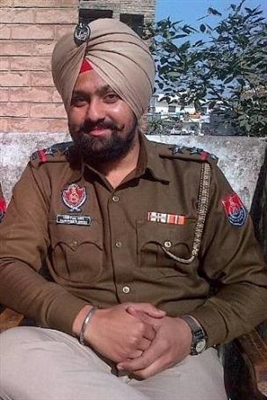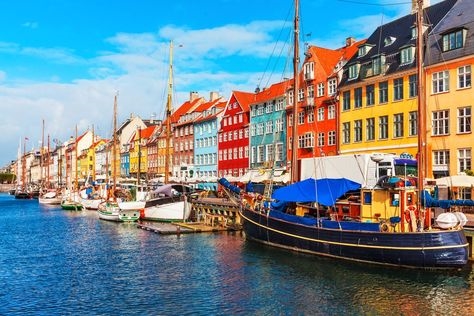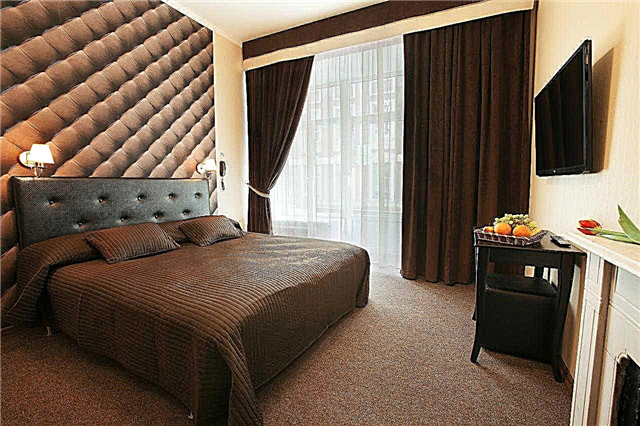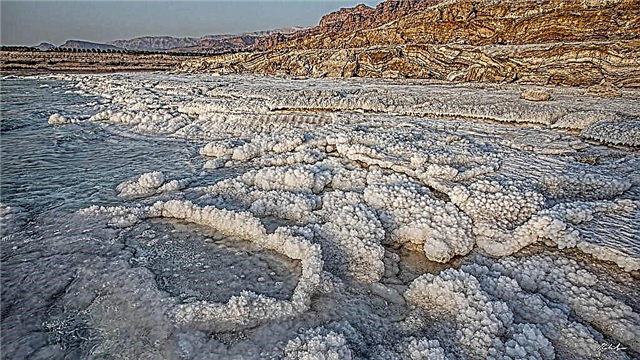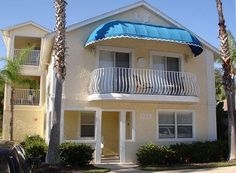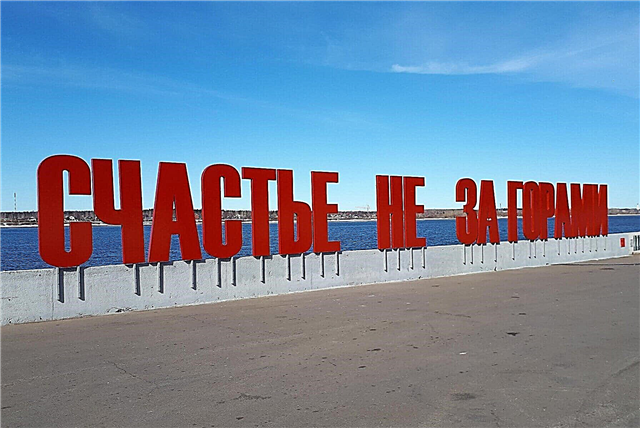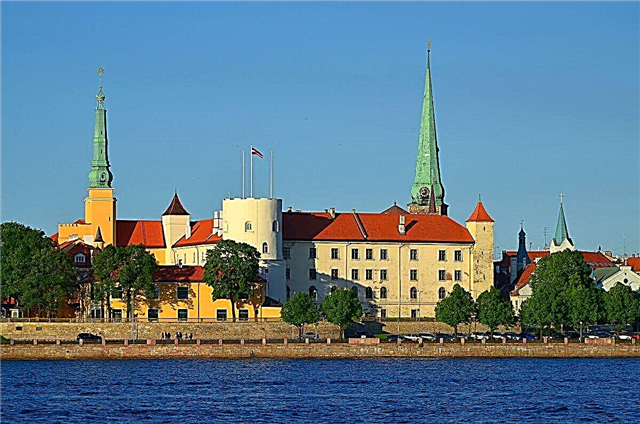In the middle of the 13th century, the Livonian Order settled on the territory of modern Latvia. His knights erected new fortresses on the hills, at a short distance from the old ones, so that in the event of an attack, they could come to the aid of the allies as soon as possible. That is why there are so many medieval castles in the Baltics, especially in Latvia. Even the history of the capital of the country, Riga, is customary to lead from the moment the fortress was founded on the site of a modern city.
Despite the large number of fortresses that have survived to this day, only a few of them have survived in perfect condition. A large number of castles are dilapidated or in ruins. But even the ancient ruins are picturesque and have a high historical value. Thousands of tourists come to Latvia every year. And one of the most popular tourist destinations are ancient castles.
The most interesting castles and fortresses in Latvia
List, photos with names and descriptions of ancient castles!
Riga
Due to numerous conflicts with the inhabitants of Riga, at the beginning of the 14th century, the knights of the Livonian Order were forced to build a castle outside the city. Later, the fortress became the seat of the order master. After the collapse of the Livonian Order, the governors of Sweden and Poland lived in the Riga castle at different times. In the 17th century, the city prison was located here, and today the castle is the residence of the President of Latvia.

Turaida
The castle was founded in 1214 by order of the Bishop of Riga, Albert. Later, it became the property of a local noble family, and burned down at the end of the 18th century. Until the 20th century, the castle was not restored, but even then, many tourists traveling around Europe came to look at its ruins. During the restoration of the fortress, which began after the Second World War, many ancient archaeological finds were made in the castle. The restoration continues to this day.
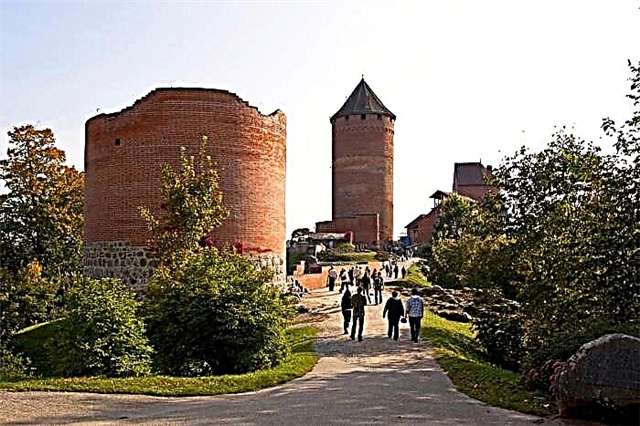
Baussky
One of the castles built by the Livonian Order in the Baltics was erected in 1451. It served as a stronghold for the defense of the southern borders of the order's possessions. After the knights left the territory of modern Latvia, the fortress fell into disrepair. The restoration was carried out at the end of the 20th century. According to local legends, every night the ghost of one of the masters who built the castle rises to one of the towers, and the spirits of the sentries, who once slept the appearance of the enemy, are trying to destroy the fortress bridge.

Cesis
The castle was founded in 1209, 90 kilometers from modern Riga. Later, the city of Cesis appeared next to it. In the Middle Ages, the castle was owned by the Livonian Order. The fortress was besieged many times and took part in military conflicts. Today Cesis Castle is the largest in Latvia, preserved from the Middle Ages. Part of the fortress is being restored, but guided tours are held in the surviving halls and towers. The main exhibit of the museum is the refectory of the knights.

Cesvaine
The castle in Cesvaine was founded in 1890. It mixed many architectural styles, including those characteristic of the Baltic castles. An extensive park with a large collection of trees and bushes is planted around the fortress. A system of catacombs has been excavated in the dungeons of the castle. They offer guided tours and the castle is in excellent condition.

Sigulda
The ruins of a castle built on the site of an ancient Livonian settlement are located near the city of Sigulda, on the Gauja River. During the era of Medieval conflicts, the fortress was actively used and strengthened. For the victory over the German knights, the city and the region where the castle is located was named "Segewald". Translated, this means "forest of victories." Later it was changed to "Sigulda", under the influence of Latvian dialects.

Ventspils
The fortress was erected at the end of the 13th century, near the coast of the Baltic Sea. The modern fortifications were built in the middle of the 15th century. From the 19th century, the castle became a prison, which was located here until the middle of the 20th century. Today there is a museum of the history of Latvia, and many legends about the castle have survived from the Middle Ages, which are often retold to tourists. The Ventspils fortress is one of the best preserved in Latvia.

Birini
The manor of the Latvian noble family was built in 1860 in the neo-gothic style. Since the beginning of the 20th century, a state sanatorium was located here, but in 1995 a hotel was opened in the estate. Gardens and many ponds are dug around the castle. The interior of the estate is made in the Renaissance style. Birini Castle is a popular tourist destination. There is also a restaurant next to the hotel.

Edolsky
The castle of the same name in the town of Edole was built in the 17th century. It was later rebuilt for protection from artillery. At the end of the 19th century, a baron lived here, nicknamed by the peasants "crazy Ber" for incredible cruelty. In 1905, fearing a revolution, the baron left the estate, and the castle was burnt down by the peasants, but later it was reconstructed. Today it houses a historical museum and a large collection of paintings.

Jaunpils
The castle was built by the knights of the Livonian Order at the beginning of the 14th century. But already in the 16th century, it was transferred to the hands of the noble family of von der Recke. Later, many legends appeared around this family. According to one of them, in rainy weather, the baron's brother often drank out of boredom. To wean him from his bad habit, the baron ordered to erect a scarecrow in the form of a devil in the courtyard, which howled in the rain. It has survived to this day, but the principle of the mechanism remains a mystery.

Jaunmokas
The palace was built in 1901 and until 1904 was the residence of the mayor of Riga. Since 1920, a holiday home for children has been located here. After the Second World War, the castle changed many owners, and by 1974 it became emergency and became the property of the Ministry of Forestry. Today Jaunmokas is developing as a tourist center. In the halls of the castle there is a forest museum.

Lielstraupe
The date of its construction is indicated above the entrance to the castle - 1263. The fortress passed from hand to hand many times, and in the 20th century it was nationalized. Later, a narcological clinic was located here. Her patients took part in the restoration of a nearby church. The clinic is still working, so only the church is open to tourists. It contains unique stained glass windows made to order in Riga.

Valmiera
The castle was built by the Livonian Order in the 13th century. The stones of pagan altars became the material for the fortress walls and towers. Local residents were obliged to destroy religious buildings and contribute to the construction. This was to show the peasants the final arrival of a new religion on their lands. The castle has survived to this day in a dilapidated state. Only ditches and some parts of the walls have survived.

Aluksne new castle
The construction of the castle was completed in 1863. Until the beginning of the 20th century, it remained in private ownership, but in 1920 it was nationalized. Nowadays there is a museum here. The castle is located near the ruins of the old medieval fortress Aluksne. There are gardens and a park next to the new castle. The museum contains collections of furniture and paintings.
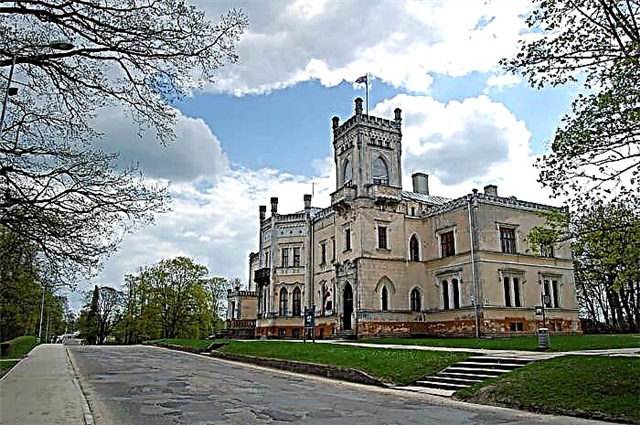
Krustpilsky
The castle was built in the XIII century, and since 1318 the knights of the Livonian Order settled here. The main role of the fortress was to protect the trade routes passing nearby. Since 1994, the Jekabpils History Museum has been opened here. It contains many archaeological finds, medieval exhibits, posters and leaflets of the Soviet era.

Dobele
The knights of the Livonian Order completed the construction of the fortress in 1347 and made it their residence until the 16th century. During the Great Northern War, which began in 1700, the Swedish king, Charles XII, stayed here for a time. Later, a plague epidemic began in the vicinity of the castle and the surrounding lands fell into desolation, and the fortress collapsed. The ruins of walls and towers have survived to this day.

Koknese
The first stone fortress on the site of an old, wooden one was erected in 1209.The building order was given by the Archbishop of Riga. Koknes was one of the most important cities in Latvia from the 13th to the 15th century, therefore the castle was regularly fortified. But from the 17th-18th centuries, the destruction of the fortress began. Later, in 1967, due to the construction of a hydroelectric power station, the castle was under the threat of flooding. Today the ruins of the fortress are protected by the state.

Grobinsky
The castle was built by the Livonian Order in the first half of the 13th century, and the town of Grobina was formed around it. Until the 18th century, it was an important trading port, so the fortress was maintained and completed. But later Grobina lost its significance, and the castle fell into disrepair. Today, the ruins of the fortress are preserved in a park in the center of a Latvian town. Only the remains of the walls have survived.
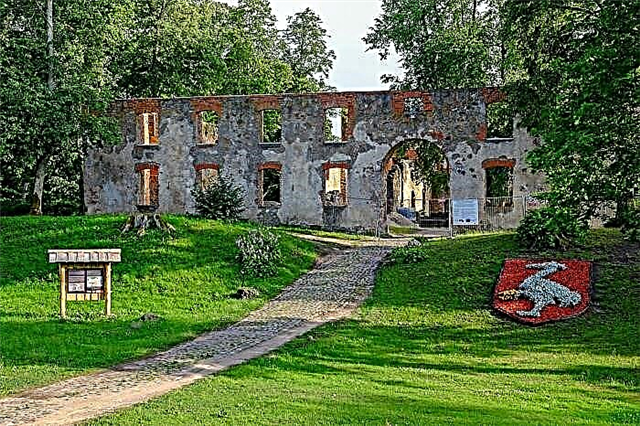
Ludza
The first written mention of the castle dates back to 1433. The fortress was located in the eastern part of modern Latvia, therefore it was often attacked by Russian troops. During numerous wars, the castle was destroyed and abandoned. Since the 16th century, the castle has been gradually destroyed under the influence of natural factors. Today, only ruins have survived on the site of the fortifications.

Alsunga
The castle was founded in 1372. The construction was supervised by the knights of the Livonian Order. Additional towers and other fortifications were built here until the 18th century. The castle is made in the Baroque style. To this day, the fortress has reached dilapidated. Most of the buildings were destroyed during numerous military conflicts. The southern side of the castle is best preserved.

Aizpute
The construction of the castle was completed in the second half of the 13th century. Its main task was to protect and control the trade route connecting Livonia with Prussia. Until the 16th century, it remained an extremely important stronghold. But after the Livonian War it was abandoned and gradually began to deteriorate. Nowadays, the ruins of the fortress are mothballed and in disrepair.

Ergeme
The castle in the village of Ergeme was built in the XIV century. In the 16th century, the fortress passed between Poland and Finland. In 1670, a fire broke out here, which destroyed part of the buildings. The castle has survived to this day in ruins. The ruins of ancient towers are up to 13 meters high, and sections of the walls have also been preserved. The Latvian government is running a program to preserve the ruins.
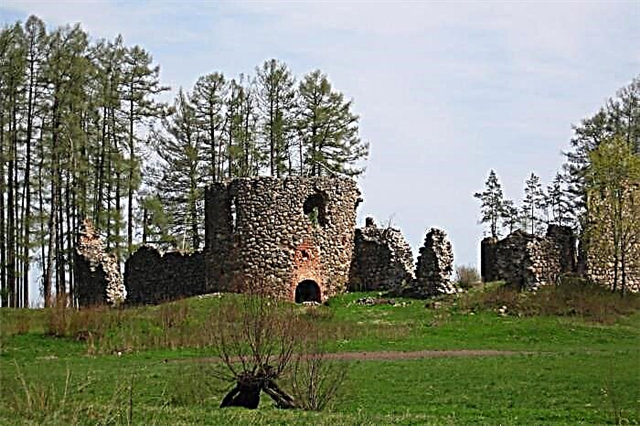
Rezekne
At the end of the 13th century, the master of the Livonian Order issued an order to build a fortress on the site of modern Rezekne. She became one of the first in the territory of modern Latvia. Until the end of the 16th century, the castle belonged to the Livonian Order, but later it was dismantled by local residents to build their own houses. Only the remains of the walls have survived to this day.

Stameriena
The neoclassical estate was built in the first half of the 19th century. It is one of the few that escaped nationalization in 1920. But in 1944 it still became state property. Nowadays, the estate is well preserved; inside there is a local history museum, where historical excursions are held. An extensive park is laid out around the castle.

Daugavpils fortress
To strengthen the borders of the Russian Empire, Alexander I issued a decree on the foundation of the fortress. It was built on both banks of the Western Dvina. During the Patriotic War of 1812 and the Polish Uprising, the fortress was the most important stronghold. Today, a number of restoration works have been completed, but individual buildings are still being restored. Most of the buildings are museums.


